In this month’s regular column from CEJA (European Council of Young Farmers), Massey Ferguson speaks to Matteo Bartolini, CEJA President, about CAP Reform and what it means for young farmers.
MF: Can you outline the key points affecting young famers as result of the agreement on the reform of the new CAP 2014-2020 which was reached in June 2013?
MB: It set out a strong installation policy for young farmers across Europe, both in terms of income support and rural development funds. A top-up of direct payments for young farmers in the first years of farming representing up to 2% of the national envelope is now mandatory for all Member States.
MF: What does this mean in practical terms?
MB: It means that every single eligible young farmer starting a farm in the EU should receive positive discrimination compared to his or her older counterparts. This is a victory for fairness as it is mandatory in all 28 EU Member States but also because young farmers need support to stay afloat in the first years of their business, when investments are high and returns are low. This is one of the most challenging barriers to entry for young people attempting to get into farming.
MF: Are there any other major barriers for entry?
MB: Other substantial barriers include access to land and access to capital, which is why the top-up is accompanied by installation aid and a package of measures available under rural development for young farmers. Installation aid of up to EUROS:70 000 per young farmer is available at a co-financing rate of 80-20 if the Member State so chooses. Alongside this is a package of measures including business support, access to farm advisory services, state guarantees for bank loans, and much more.
MF: Which of these would you highlight?
MB: Considering access to capital and credit is so difficult for a young person attempting to set up a farm today, installation aid and investment support are particularly crucial: especially for expensive investments in machinery, etc.
MF: The combination of these measures represents the first time the EU has had a real common installation policy in agriculture. How can young farmers fully benefit?
MB: It is important that Member States make the most of these measures for their young farmers. Member States must choose the right calculation method for their young farmer top-up which maximises the 2% of their national envelope of direct payment. They also need to use the installation aid and measures available for young farmers in their Rural Development Programmes. This is what CEJA is working hard on at the moment.
MF: The CAP has reformed a lot more than a focus on young farmers and generational renewal. What else is key?
MB: It also now includes important greening measures to encourage every single farmer in the EU to contribute to the protection of the environment and biodiversity. It will also make the EU agricultural sector more market-oriented and competitive by abolishing tools such as sugar quotas, and decreasing the availability of coupled aid (where a payment is linked to a specific product).
MF: Any final thoughts?
MB: The final regulation has recently been formally adopted by the European Parliament in plenary and formally ratified by the Council on 16 December 2013. However, because of the delay in the reform, it will now not come into force until 1 January 2015. In this context, Member States are still programming their Rural Development Programmes for the next seven years and still choosing their calculation methods for the top-up. In the meantime, transition regulations are in place to ensure that farmers continue to receive support for the hard work they do.






















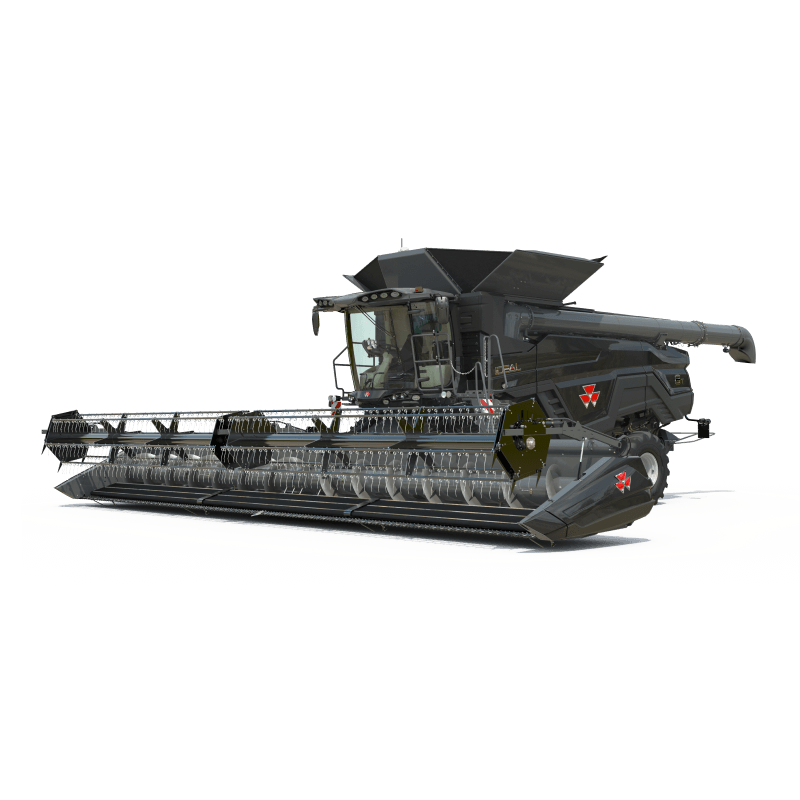





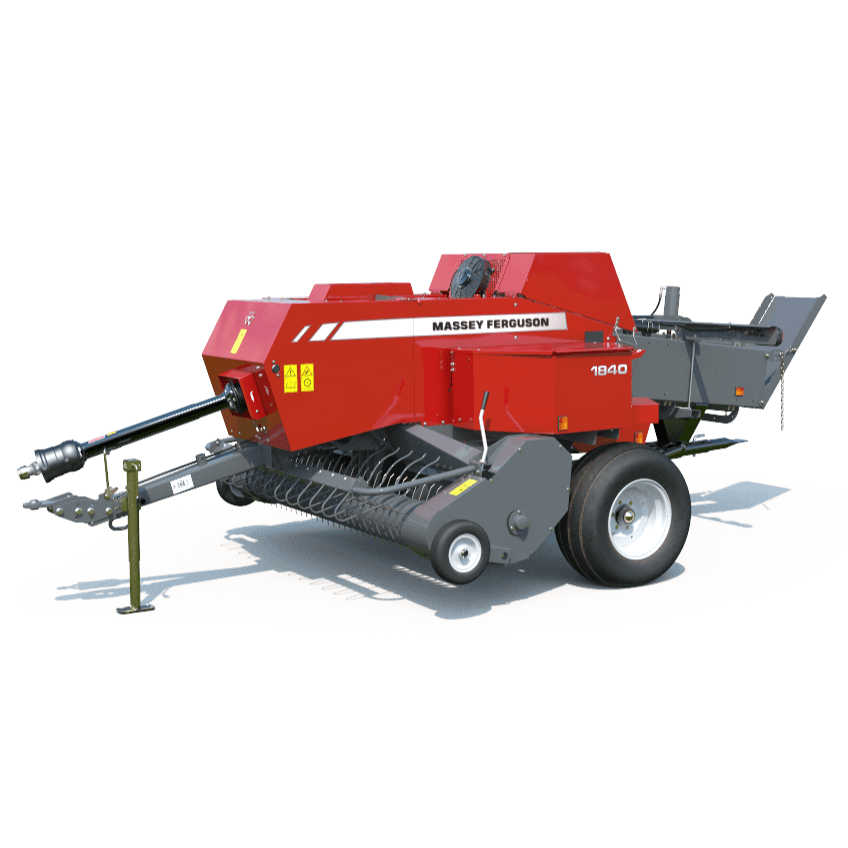






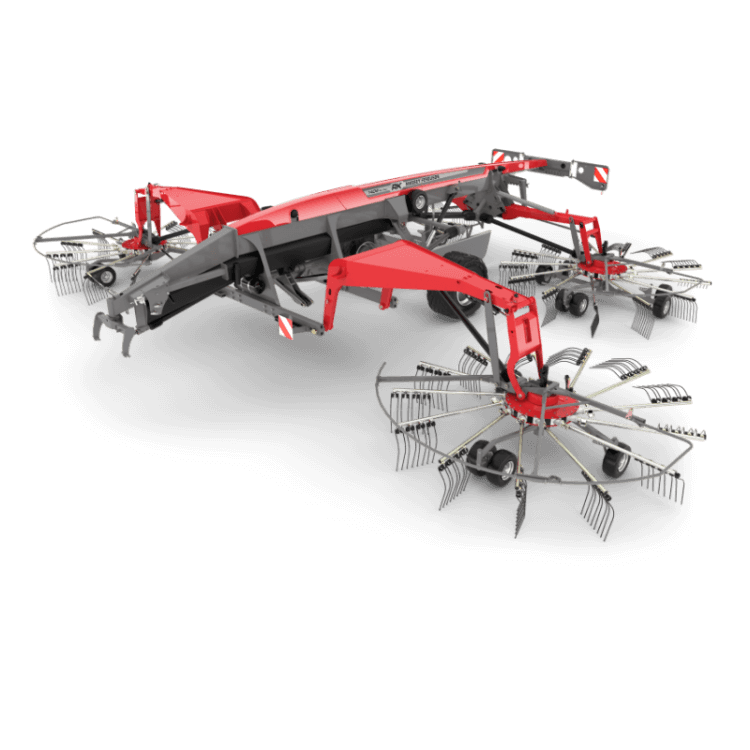







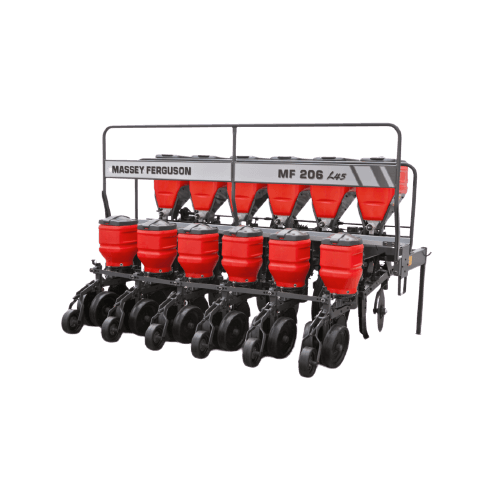

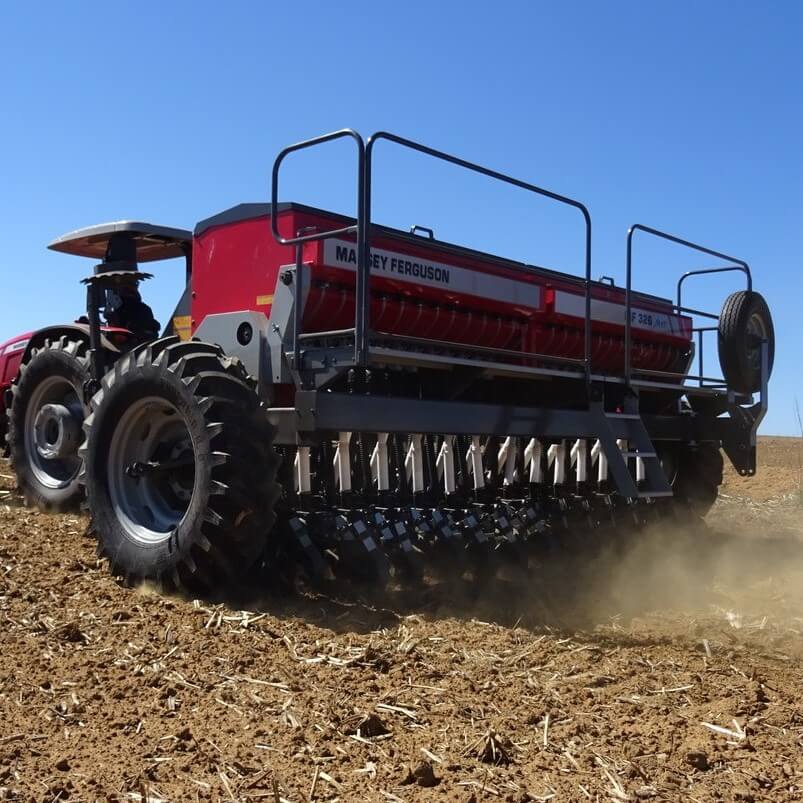
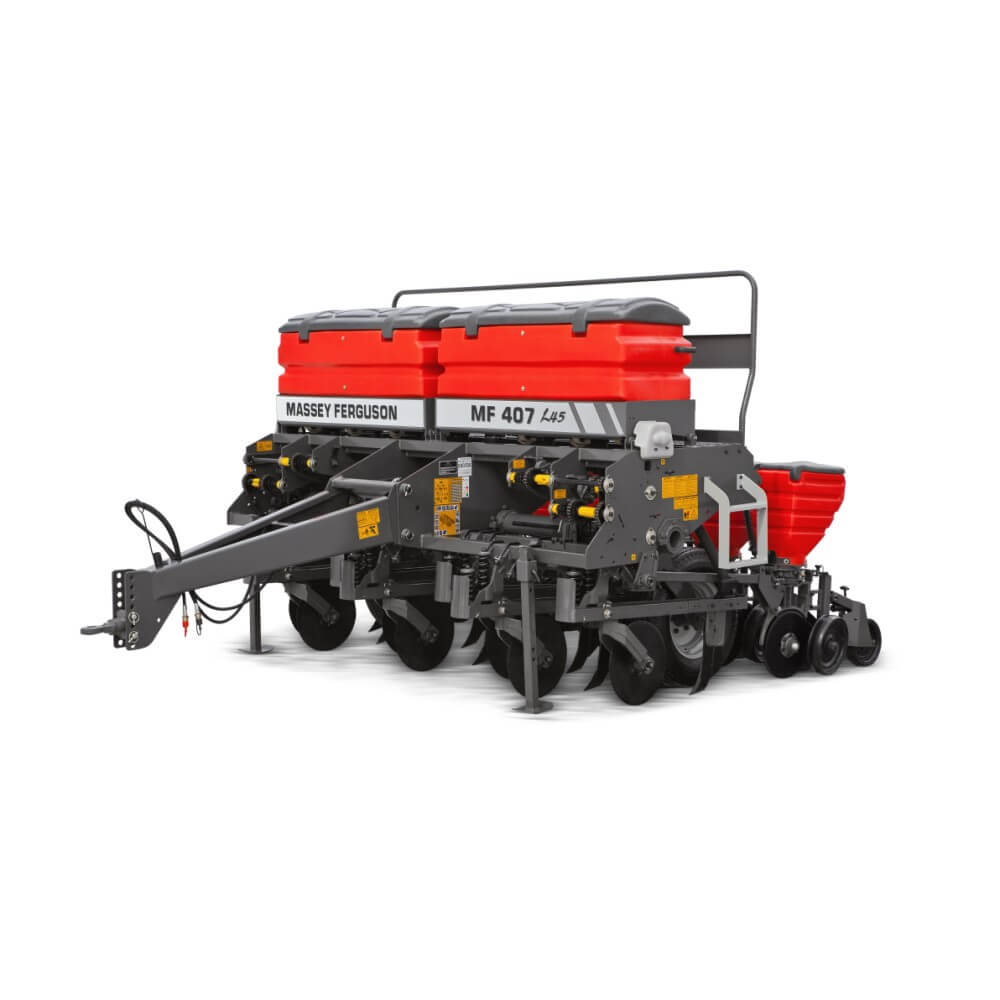
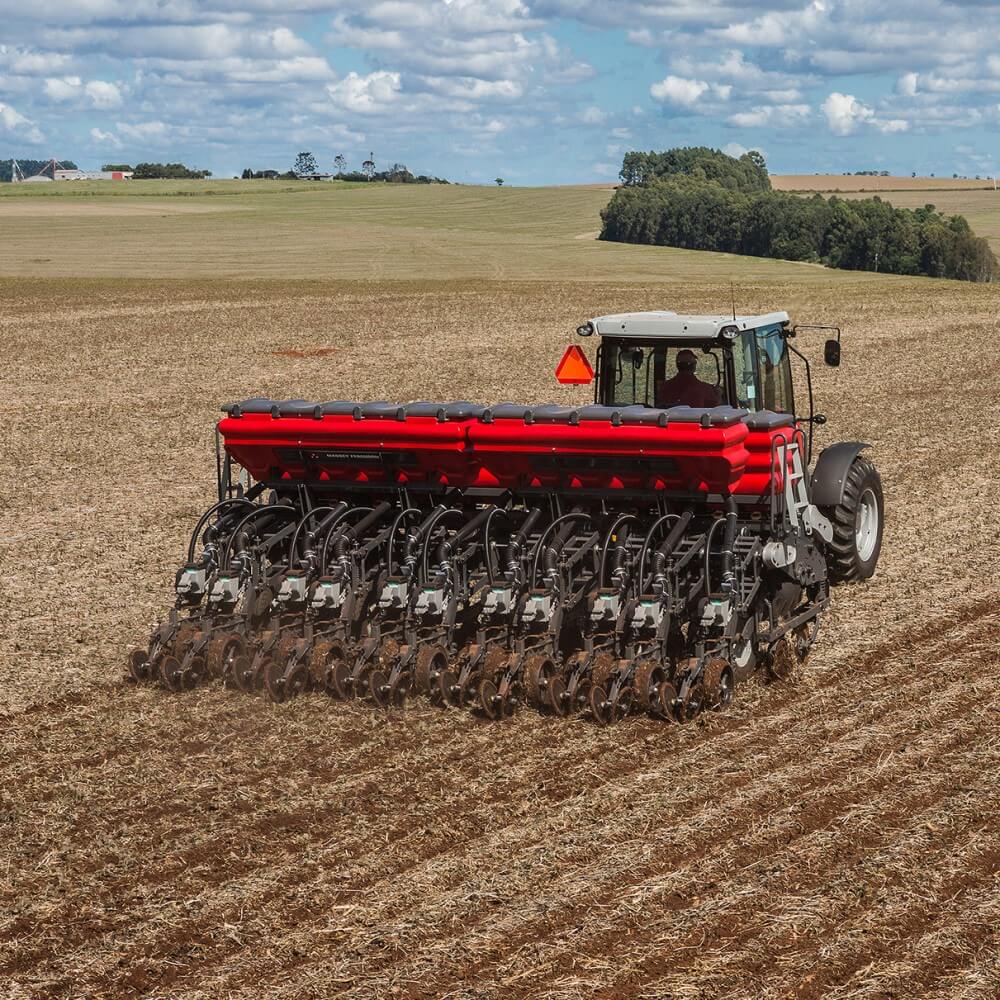
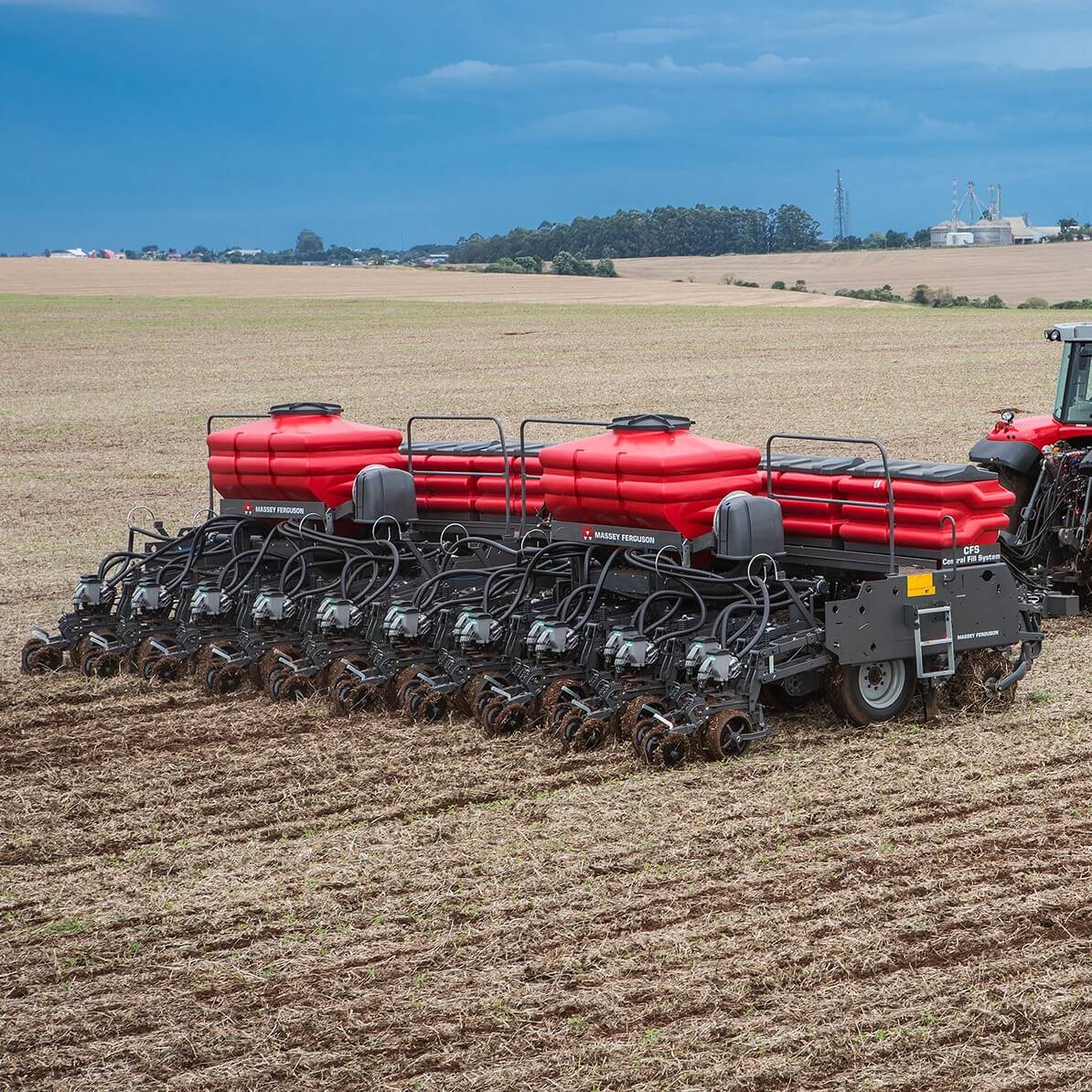
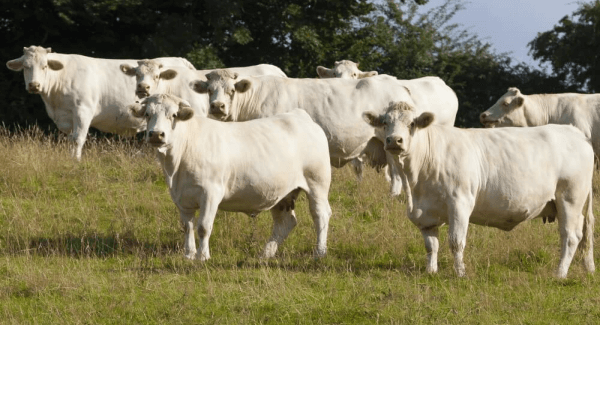




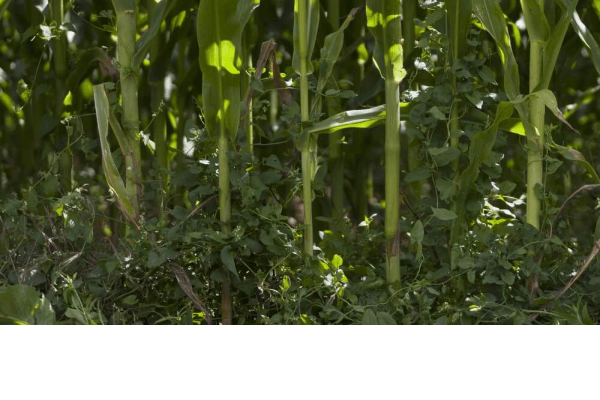
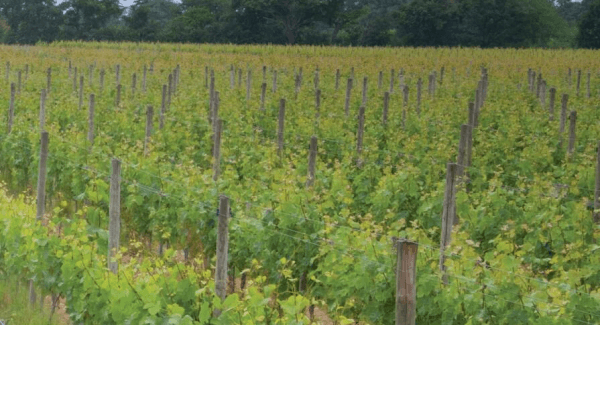
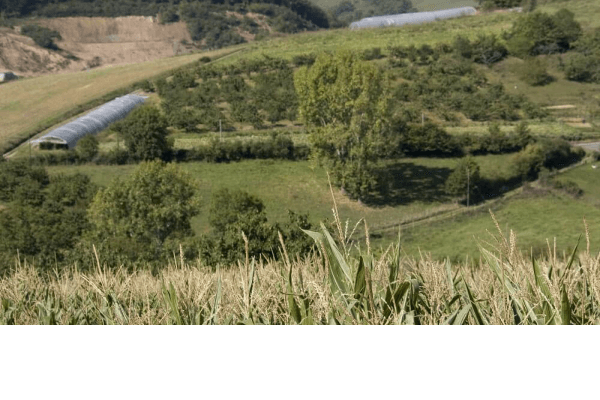
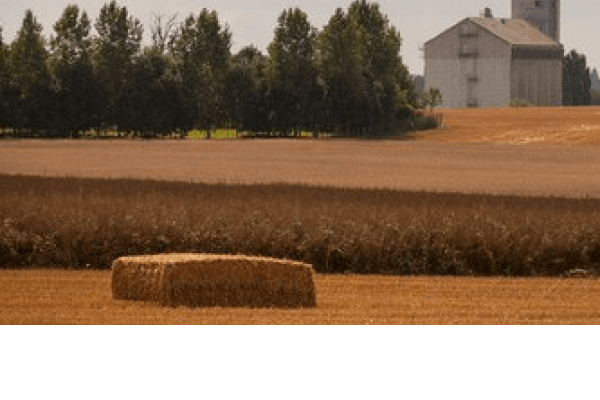
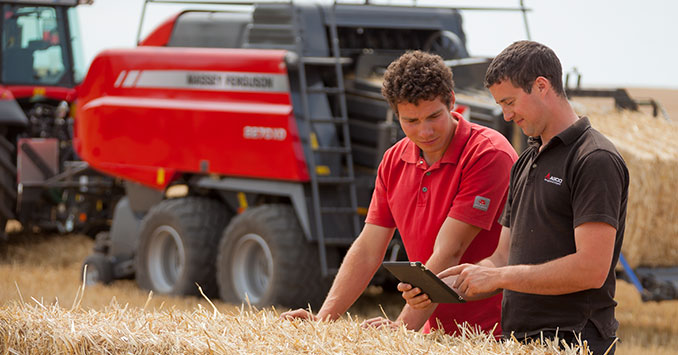
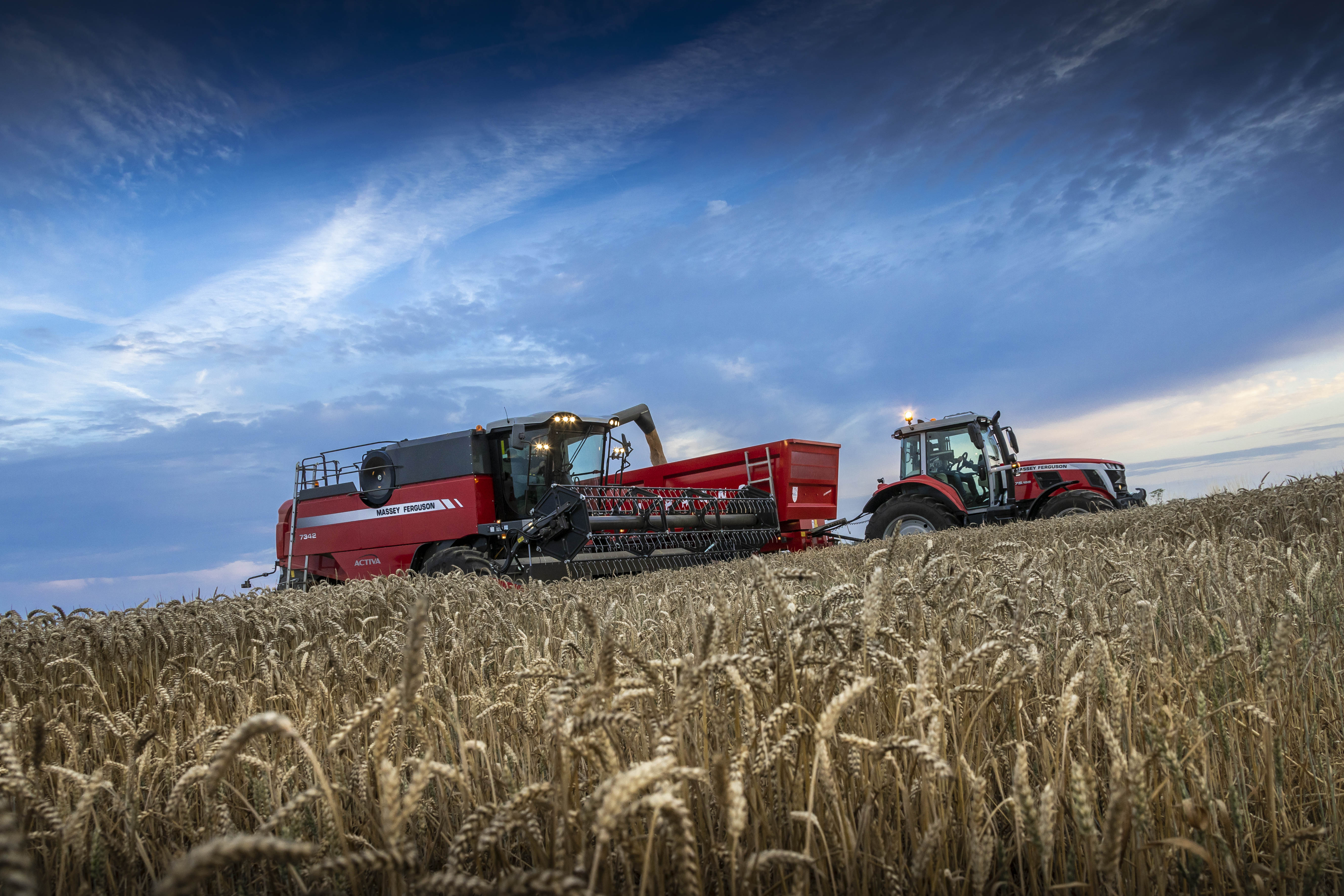
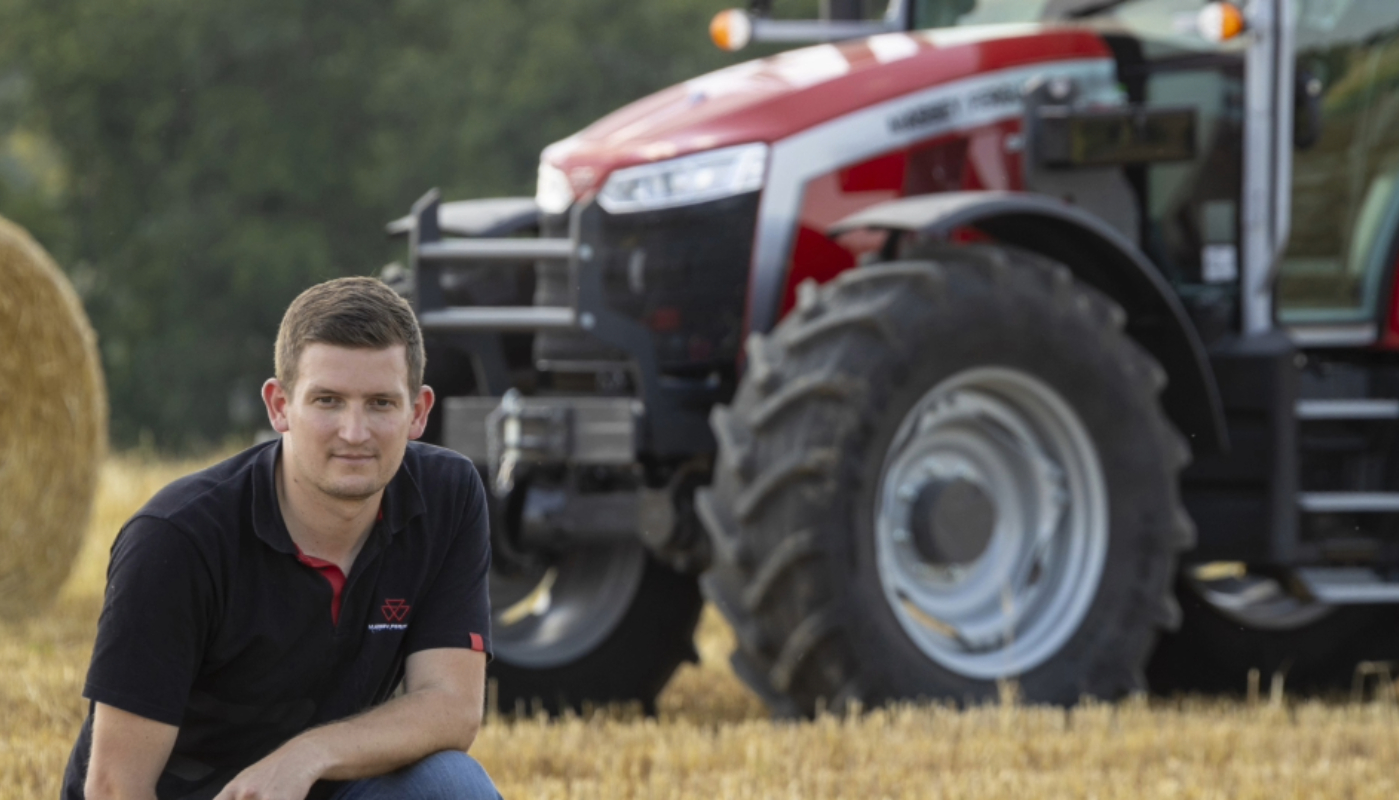
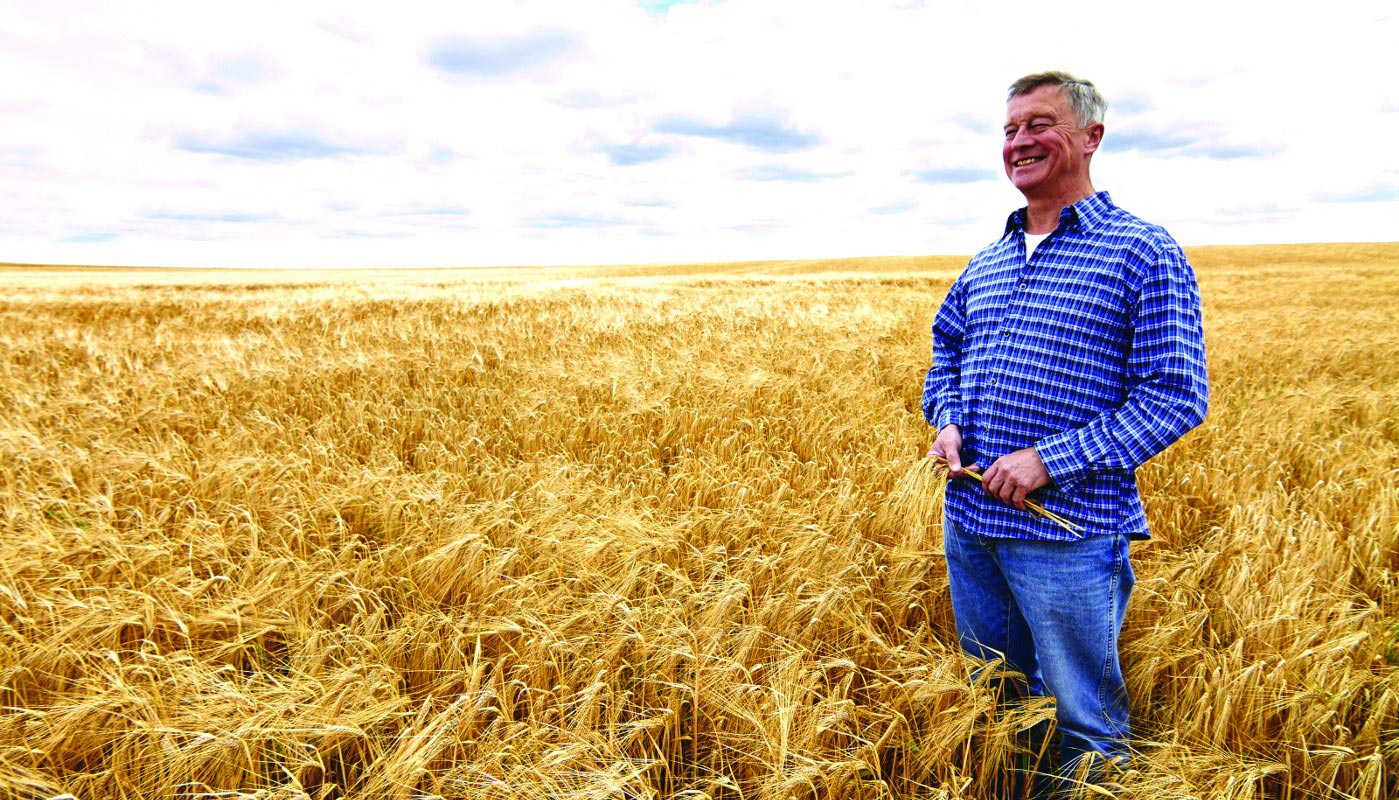
Share